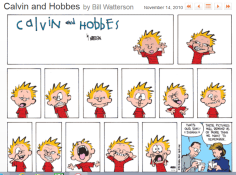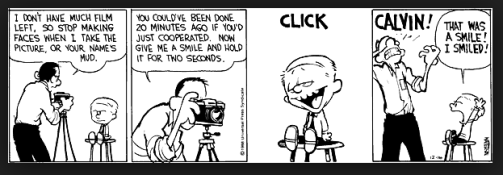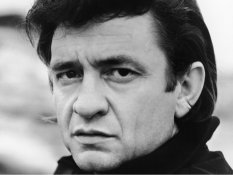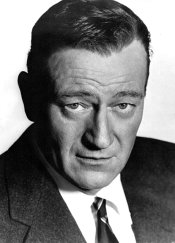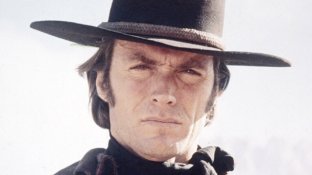Like the rest of the human species I am conditioned by a lifetime of experiences which may be similar enough to others' experiences such that we have a modicum of agreement on various "obvious" expressions, extreme anger, joy or sadness, but there will always be expressions that one presenter describes as "deadpan" which another person will see as indicating something which isn't neutral or unengaged.
pentaxuser
An interesting point. When I was a kid and walking around grumpy, my mother would say "it'll stay that way", meaning my face.
And in reality the muscles in our faces can/do form in accordance with our life experience to some extent. But on the other hand, as we age our faces also form from wrinkles and sagging which can give the look of a difficult life when in fact we maybe be happy go lucky people. And when we engage, our faces light up as compared to someone who indeed did have a hard life and whose faces never seems to light up.
So while you look at a certain picture of a face we may be adding things that we may perceive but in reality aren't there, such as sadness or despair and are only showing up because of aging skin.
When I was photographing models, years ago, you'd find that models mouths never go down on the corners, like some people's do. And the really great ones rarely squint when they smile. They're eyes stay large no matter how large their smile is. Peoples facial muscles are different and we can be fooled by perception of what we are accustomed to reading in them.
But the bottom line is, in my opinion, is that when reading faces, it's all in the eyes. They are the real indicator of what is going on. Not the eye itself but how the muscles around them are activated. And when photographing them, the type of lighting equipment we use can have an effect by how the catchlights interact with our perception.
Most of my commercial photography is done, like I mentioned in the OP by slightly popping the corners of the mouth up. Very slightly. Because it lifts the corners AND causes a very minor squint which can be interpreted as laughing eyes. Not the insipid Mona Lisa grin, but just a slight lift. I teach kids as young as 3 years old to do it.


